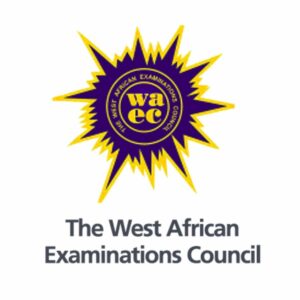Note-Taking Mastery: Strategies for Effective and Efficient Learning

Mastering Effective Note-Taking: Strategies for Optimal Learning
Introduction:
Note-taking is a fundamental skill that can significantly enhance your learning experience and retention of information. Whether you’re attending lectures or studying independently, employing effective note-taking strategies can help you capture key concepts, organize information, and reinforce your understanding. In this article, we will explore practical techniques for taking effective notes, including the use of abbreviations, highlighting key points, and organizing information in a structured manner.
- Use Abbreviations and Symbols:
One of the most efficient ways to streamline your note-taking process is by using abbreviations and symbols. Develop a set of personalized abbreviations for commonly used words or phrases. For example, “w/” can represent “with,” or “e.g.” can stand for “for example.” This technique allows you to write faster and capture more information during lectures or while studying. - Highlight Key Points:
Highlighting key points is an effective way to emphasize important information in your notes. Use colored pens or highlighters to mark significant concepts, definitions, or examples. This visual distinction will make it easier to review and revise your notes later. However, be mindful not to overdo it; highlight only the most crucial information to avoid cluttering your notes. - Organize Information in a Structured Manner:
Organizing your notes in a structured manner is essential for easy comprehension and quick reference. Consider using headings, subheadings, and bullet points to create a hierarchical structure. This approach helps you identify main ideas, supporting details, and relationships between different concepts. Additionally, leave ample space between points to add additional information or make connections later. - Active Listening and Summarizing:
During lectures or while studying, actively listen to the speaker or read the material, and summarize the information in your own words. This process helps you process and internalize the content, making it easier to remember. Focus on capturing the main ideas, key arguments, and supporting evidence rather than transcribing everything verbatim. - Visual Aids and Diagrams:
Visual aids and diagrams can be powerful tools for enhancing understanding and recall. Whenever possible, incorporate visual elements such as graphs, charts, or diagrams into your notes. These visuals can help you visualize complex concepts, identify patterns, and create mental connections between different pieces of information.
Conclusion:
Effective note-taking is a skill that can significantly improve your learning experience and academic performance. By using abbreviations, highlighting key points, and organizing information in a structured manner, you can create comprehensive and easily digestible notes. Remember to actively listen, summarize in your own words, and incorporate visual aids when appropriate. With consistent practice and refinement of your note-taking techniques, you’ll be well-equipped to excel in your studies and retain information more effectively.
Note: To optimize this write-up for SEO, consider incorporating relevant keywords such as “effective note-taking,” “note-taking strategies,” “abbreviations,” “highlighting key points,” “structured notes,” “active listening,” “summarizing,” “visual aids,” and “academic performance.” Additionally, use subheadings, bullet points, and meta tags to enhance readability and search engine visibility.






